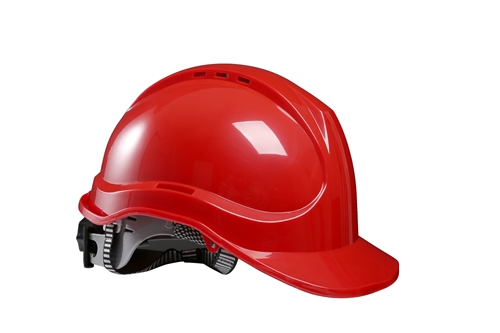Building Safety Helmet Production Facility Overview and Insights
Building and Safety Helmet Factory Ensuring Safety in Construction
In today's fast-paced construction industry, ensuring the safety of workers is paramount. With rising concerns over workplace accidents and injuries, the construction sector has made significant strides in enhancing safety measures. A crucial component of this effort is the manufacturing of safety helmets. This article will explore the importance of building and safety helmet factories in promoting safety in construction environments.
Understanding Safety Helmets
Safety helmets, often referred to as hard hats, are essential pieces of personal protective equipment (PPE) utilized in various industries, particularly construction. They are designed to protect the head from potential injuries caused by falling objects, electrical shocks, and other hazards commonly found on construction sites. The significance of wearing a safety helmet cannot be overstated; it serves as a frontline defense against a variety of dangers that workers may encounter.
The Role of Helmet Factories
Building and safety helmet factories play a crucial role in ensuring that workers are equipped with high-quality PPE that meets industry standards. These factories utilize advanced manufacturing techniques and materials to produce helmets that not only provide superior protection but are also comfortable and durable. The process involves several stages, including design, material selection, molding, and testing, all aimed at creating a product that satisfies safety regulations.
One of the key materials used in manufacturing safety helmets is high-density polyethylene (HDPE) or fiberglass, both known for their robustness and impact-resistant properties. Helmet factories invest in innovative technologies to enhance the resilience and lightweight characteristics of safety helmets, making them more user-friendly for daily wear.
Quality Control and Standards
To ensure the effectiveness of safety helmets, factories adhere to strict quality control measures and comply with international safety standards such as ANSI/ISEA Z89.1 in the United States and EN 397 in Europe. These standards dictate various performance requirements, including impact resistance, penetration resistance, and electrical insulation properties. Helmet factories conduct rigorous testing and evaluations to guarantee that each product is up to par, ensuring the safety of the end-users.
building and safety helmet factory

Moreover, continuous research and development allow these factories to improve their products continually. With advancements in materials science and ergonomic design, modern safety helmets are equipped with additional features such as adjustable straps, ventilation systems, and padded interiors, enhancing comfort and wearability during long working hours.
Customization and Innovation
An emerging trend in the safety helmet industry is the customization of helmets to suit specific job requirements or personal preferences. Some factories offer customizable options, such as incorporating company logos or unique designs, which promote team identity while maintaining safety. Furthermore, the integration of smart technology into safety helmets has gained traction. Features such as built-in communication systems, environmental sensors, and augmented reality displays are being incorporated, allowing for a safer and more efficient work environment.
Environmental Considerations
In response to growing environmental concerns, many building and safety helmet factories are also moving towards sustainable practices. This includes using recycled materials in helmet production and implementing energy-efficient manufacturing processes. Such initiatives not only support corporate social responsibility but also appeal to environmentally conscious consumers.
Training and Awareness
Apart from manufacturing high-quality safety helmets, these factories often engage in raising awareness about the importance of wearing PPE. They organize workshops and training programs for construction companies, educating workers about the correct use and maintenance of safety helmets. By fostering a culture of safety, factories contribute to a significant reduction in workplace accidents, ultimately saving lives and promoting a safer construction industry.
Conclusion
Building and safety helmet factories play an integral role in enhancing safety in the construction industry. Through the production of high-quality helmets that meet stringent safety standards, these factories ensure that workers are well-protected from potential hazards. With ongoing innovations, customization options, and a commitment to environmental sustainability, the future of safety helmets looks promising. Ultimately, investing in safety gear is investing in the well-being of workers, making construction sites safer for everyone involved.
-
Wholesale Safety Helmets - Cheap OEM Supplier China Manufacturer
NewsMay.30,2025
-
Top Safety Helmet Manufacturers in Japan - Durable & Certified
NewsMay.30,2025
-
Affordable 3M Safety Helmets in Pakistan Bulk Pricing & Factory Deals
NewsMay.30,2025
-
Affordable HDPE & EN397 Hard Hats - Safety Certified, Bulk Deals
NewsMay.29,2025
-
FDA-Compliant Food Safety Clothing Suppliers Health Dept Approved
NewsMay.29,2025
-
adidas safety clothing
NewsMar.07,2025
